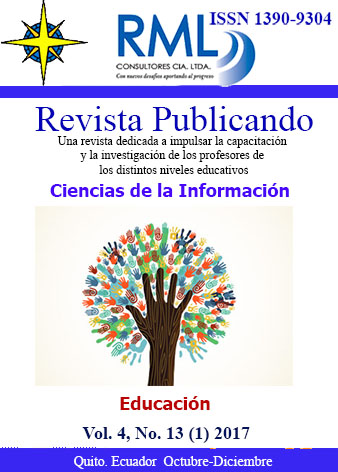Resumen
In viewpoint of Heidegger, although the work of art is an object, this thing can be grasped on the basis of its work. It is the work aspect that discovers the truth of art. However, Heidegger has a different explanation of art truth based on a distinguished method to face the truth discovered in art. This analytical study was conducted using library references, valid articles, and works of Heidegger to analyze three different approaches of Heidegger to truth in art: A) he sometimes defines the art as a middle point that acts as an enlightening thing; B) on the other hand, art is a method to see objects that contrary to technology dose not juts pay attention to a specific aspect of phenomena”™ function revealing them as they are; C) ultimately, art is a method to scrutinize around the world not only based on philosophical thinking because of concepts but also a horizon of reasoning listening to existence voice. In this regard, Heidegger makes a close relationship between truth and art. Great art, poem in ultimate meaning, provides an open area for Dasein (presence) when it is considered as a work so that anything goes as it is and truth of everything is discovered. The art that discovers the truth is not imitative although is a technic; does not explain a propositional truth although is linguistic. Such art can provides a lifesaving area contrary to modern technology area.
Referencias
Gaut, B. & Lopes, D. (2001). The Routledge Companion to Aesthetics. London New York: Routledge.
Grondin, J. (1994). An Introduction to Philosophical Hermeneutics (Mohammad Saeed Hanaei Kashani, 2012), Tehran, Minooy Khord Pub.
Harries, Karsten. (2009). Art Matters: A Critical Commentary on Heidegger”™s “The Origin of the Work of Art”. NY: Springer.
Heidegger, M. (1927). Being and Time (Abdolkarim Rashidian, 2010). Tehran, Ney.
_____ (1950). The Origin of Work of Art (Parviz Zia Shahabi, 2013). Tehran, Hermes.
_____ (1954). The Question Concerning Technology (Shapur Etemad, 1994). Arghanon Journal, (1). 1-30
_____ (1956). What is philosophy? (Majid Madadi, 1987). Tehran, Thunder.
Kockelmans, J. (1985). Heidegger and art, (Mohammad Jawad Safyan, 2009). Isfahan, Porsesh.
Levinson, G. (2003). The Oxford Handbook of Aesthetics (Fariborz Majidi, 2008). Tehran, Art Academy.
Payne, Michael et al. (1999). A Dictionary of Cultural and Critical Theory (Yazdan joo Payam, 2010). Tehran, Center Pub.
_____ Cooper, David E. Heidegger 831-833.
_____ Bowie, Andrew. Hermeneutics 833-838.
Schmidt, Lawrence. K. (2006). Understanding Hermeneutics (Alireza Hassanpour, 2016). Tehran, Naghsh and Negar.
Taminiaux, Jacques. (1999). On Heidegger”™s Interpretation of The Will to Power as Art. New Nietzsche Studies. 3 (1). pp. 1-22.
Wí¼nsch, Michaela. (2016). Art, Politics, and Truth in Heidegger”™s Anti-Semitism. Stasis. 4 (2). pp. 132-144.
Young, J. (2002). The Later Heidegger (Behnam Khodapanah, 2015). Tehran, Hekmat Pub.
Usted es libre de:
Compartir — copiar y redistribuir el material en cualquier medio o formato
Adaptar — remezclar, transformar y construir a partir del material
La licenciante no puede revocar estas libertades en tanto usted siga los términos de la licencia
Bajo los siguientes términos:
Atribución — Usted debe dar crédito de manera adecuada, brindar un enlace a la licencia, e indicar si se han realizado cambios. Puede hacerlo en cualquier forma razonable, pero no de forma tal que sugiera que usted o su uso tienen el apoyo de la licenciante.
NoComercial — Usted no puede hacer uso del material con propósitos comerciales.
CompartirIgual — Si remezcla, transforma o crea a partir del material, debe distribuir su contribución bajo la lamisma licencia del original.
